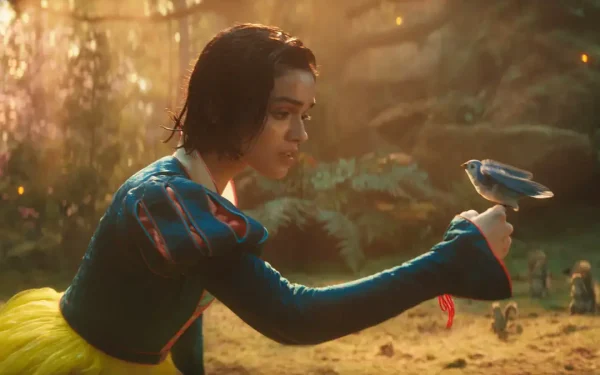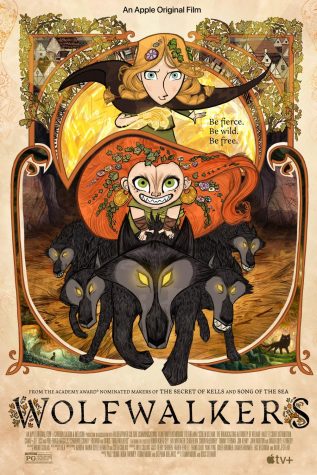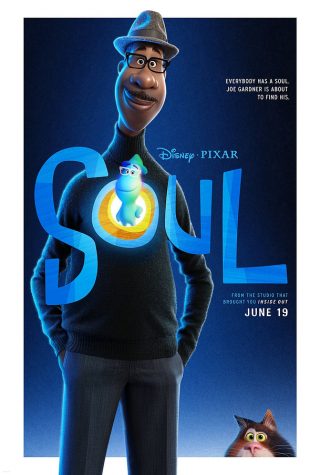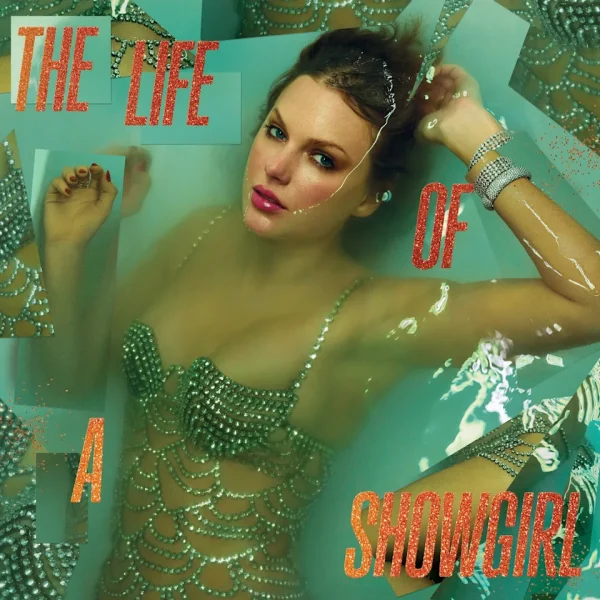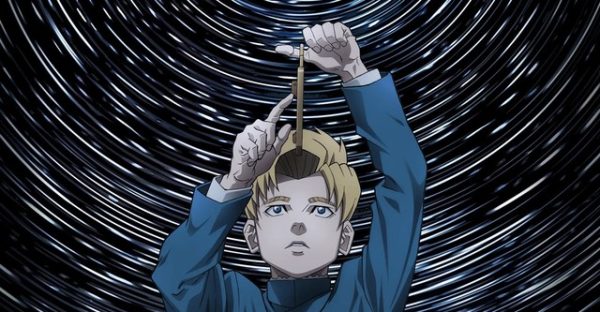Netflix Original “The Half of It”: A half-hearted attempt at queer romance
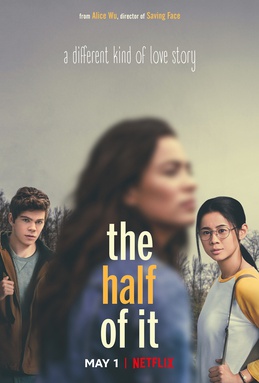
photo by Netflix
Netflix Original “The Half of It” tells the story of a small town girl, who’s life suddenly gets turned upside down. Yet it is unlike other movies of its genre, “The Half of It” is not unique in a good way.
Love has always been a source of great fascination, with its many complexities and meanings. Different interpretations create fiery debate and ignited wars over love of religion, country, freedoms, or just a single person. While the phenomenon has caused immense clashes, it has also been the reason for the creation of many works of art. Love has been documented in famous literature, paintings and shows.
Based on the famous play “Cyrano de Bergerac,”, Netflix Original “The Half of It,” unsuccessfully tries to add a modern twist on the original romance story about a soldier forced to repress his feelings for a lover, due to his own doubts about himself.
Released May 1, the film is narrated by main character Ellie Chu (Leah Lewis). Chu lives a bland life in a small town, but begrudgingly befriends dumb jock Paul Munsky (Daniel Diemer), when he suddenly approaches her, requesting Chu to write a love letter to his crush, Aster Flores (Alexxis Lemire). As Ellie continues writing love letters, acting as Paul, she falls in love with Aster, and must subdue her feelings. The plot in the beginning seems shallow, but as the movie progresses, the storyline delves into themes concerning faith, sexuality and also touches on race.
The maturity of the movie is noted; it is unlike other teenage rom-coms Netflix has released before. The main character carries herself in a serious manner, unlike other bubbly female protagonists in the same genre. Where there is popular, stylish Cher in “Clueless,” and upbeat, crafty Lara-Jean in “To All the Boys I’ve Loved Before,” there is also Ellie, who is quiet and mousy, with a somber outlook on life as she is resigned to living the rest of her life in a small town
The movie does have certain tropes, such as the nerdy heroine with her meathead sidekick, yet without the focus on these tropes and the characters, this turns out to be a major flaw. “The Half of It,” in its aim to be a more nuanced, composed piece, fails to tell the whole story; it does not flesh out each main character.. It gives the audience pieces and whispers of a storyline, and does not take time to let things play out. Instead, the movie hurries to namedrop old timey romance films, such as, “The Wings of Desire” and “Philadelphia Story,” in an effort to seem quirky.
With so much focus on making references, the audience does not have a chance to relate to the characters. While Ellie and Aster may be able to flirt about philosophical theories and the meaning of life, it is safe to assume that the majority of teenagers, those who grew up with the likes of “Mean Girls” and “When Harry Met Sally” can not and do not.
Meanwhile, Paul, the supposed male lead, is the comedic relief. Paul’s friendship with Ellie goes unexplored; it is unclear Ellie returns the affection.
The overarching theme of the movie is love, but it is not seen in the many plotlines and stories that define the movie. There is no love between Ellie and Paul, despite being close friends. As Aster can’t connect with Paul, because he apparently cannot keep up with her intellectual prowess, there is no love to be found there either.
The opportunity to shine a spotlight on a budding queer relationship between Ellie and Aster is spoiled. The dramatic, and at times, Shakespearean-like dialogue between the two make it hard for the audience to understand what the two girls really want from each other.
One thing the movie does right is the portrayal of the LGBTQ+ relationship; it does not rely on harmful stereotypes of those in the community. The movie handles sexuality gracefully, with no obnoxious or obscene gestures to the audience that the characters are queer. This should be normal by now in movies, though. Diversity is not a challenge to portray. Characters who are queer should be regular, as they are a regular part of reality.
Overall, the poor development of characters and the many plotlines are lost on viewers and cannot be ignored. Throughout the movie, Paul tries to start a sausage business, Ellie turns into a singer, and Aster struggles with fitting in with her family and the church. Yet, this all seems random. These smaller stories are unclear, with short five minute mentions throughout the movie.
“The Half of It” had potential; it could have broken the regular teenage rom-com mold and become an original romance tale of its own. In the end, by giving us half of the story, half of the characters, and half of the romance, the film falls flat.
Your donation will support the student journalists of Hagerty High School. We are an ad-free publication, and your contribution helps us publish six issues of the BluePrint and cover our annual website hosting costs. Thank you so much!

